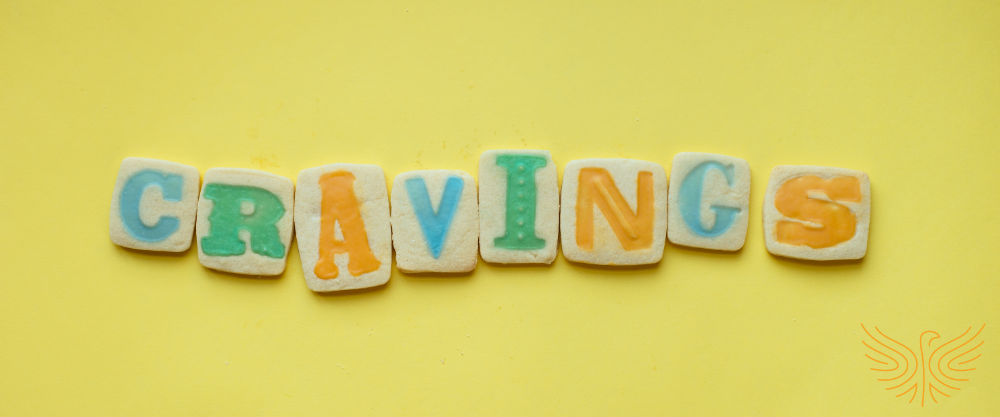Triggers and cravings can present some of the biggest hurdles throughout recovery. In fact, it’s common for many addicts to relapse in recovery due to triggers that may have gone unnoticed and unaddressed throughout rehab and therapeutic interventions. So, what are triggers and cravings exactly? And what’s the difference between them?
Both cravings and triggers play a significant role in the direction of your rehab program. In this article, we take a closer look at what these terms mean and how you can navigate them, guiding you toward lasting sobriety and recovery.
_______________________________________________________
What is a Trigger?
A trigger is something, such as an experience or stimulus, that leads to an action or a series of actions. In terms of drug use, it leads an individual to use drugs. For example, this could involve walking past a familiar party spot where you had frequently used substances in the past. Or it could include the experience of intense stress, which caused you to use drugs as a means to escape or cope.
Unlike cravings, triggers are the catalysts that set drug use in motion. And they can be virtually anything—people, places, emotions, situations, smells, sounds, or even times of day that your brain has learned to associate with substance use.
Essentially, triggers work through learned association. When you used drugs or alcohol in certain situations over and over, your brain formed strong connections between those settings and substance use. Even after getting sober, seeing or experiencing those same things can quickly trigger cravings and bring back memories of using.

Common triggers include:
- Intense emotions (like stress or anger)
- Loneliness
- Boredom
- Celebrations (like parties)
- Specific locations
- Specific people or social groups
- Particular music
- Specific activities
At the end of the day, understanding your triggers plays an important role in maintaining sobriety. And it’s okay to have these. However, it’s how you handle them that matters the most. They often become problematic when they catch you unexpectedly. Yet, knowing what your triggers are can help you plan in advance, as well as develop healthy coping mechanisms or avoid situations, people, events, or places that may lead you to use.
_______________________________________________________
What is a Craving?
A craving involves an intense desire or urge to use a substance. Often, in recovery, it follows an exposure to one (or several) of your triggers. In other words, while triggers are the learned association, cravings are the learned response to that association.
Cravings also frequently arise during the detox phase of rehab. Psychologically, you might experience obsessive thoughts about using, vivid memories of past highs, or an overwhelming sense that you “need” the substance to feel normal. Your mind may become fixated on obtaining and using drugs or alcohol, making it difficult to concentrate on anything else. Physically, cravings can produce symptoms like increased heart rate, sweating, restlessness, muscle tension, or even nausea.
At the same time, the intensity and duration of these cravings can vary depending on the individual and their specific situation. Some may notice their cravings are very brief and pass fairly quickly. But, for others, cravings can persist for hours or days, which can lead to drug use.
Factors that impact whether cravings lead to drug use include:
- Sleep
- Overall physical health
- How long a person has been sober
However, it’s worth noting that these feelings and urges are temporary. Your brain isn’t used to not having the substance, and cravings are a natural part of this transitional period.
_______________________________________________________
How To Navigate Triggers and Cravings
During your rehabilitation program, you’ll learn how to navigate your specific triggers and cravings to sustain your sobriety and pave your way toward lasting healing. Therapies and strategies that may be used to do this include:
Identifying & Avoiding Triggers
With your therapist, you’ll determine what your individual triggers involve. From there, you’ll learn how to effectively avoid them (such as not surrounding yourself with certain social groups or avoiding specific places) or learn healthy coping mechanisms (such as the strategies below) to overcome them.
Keeping a Journal of Your Triggers
Often, the foundation of identifying triggers involves keeping track of what leads to cravings. While some may be obvious, others might not be as noticeable until you find yourself in the midst of a triggering situation or experience.
Using CBT to Challenge Intrusive Thoughts
Cognitive Behavioral Therapy (CBT) can help you learn to reframe your thoughts in response to certain triggers. This is particularly useful for individuals who find themselves turning to drug use due to intense stress, anxiety, anger, sadness, or other emotions.
Setting Boundaries
Through one-on-one therapy, you’ll learn to set healthy boundaries. This may mean cutting ties with friends who use drugs, avoiding movies that glamorize substance use, or no longer attending certain events at specific locations (such as your local bar). These personal boundaries help set you up for success, not just in recovery, but for life.
Reaching Out to Your Sponsor or Therapist
When you feel the urge to use, reach out to your sponsors, therapist, or a trusted loved one. Simply having someone to talk to during these heightened times can help you reaffirm and recommit to your sobriety.
Practicing Patience & Grounding Techniques
When confronted with a trigger or craving, sometimes, the best thing you can do is remind yourself that it’s temporary. It will pass. Using grounding techniques, such as deep breathing, during these moments can help you remain calm and avoid impulsive decisions.
At Freedom Recovery Centers (FRC), our team works with you to identify and overcome your triggers and cravings. Throughout the detoxification phase of recovery, we’ll also support you, emotionally and physically, as you navigate the most difficult side of cravings. For more information, call us at 804-635-3746 or fill out our online form. Our phone lines are open 24/7; we’re here for you when you’re ready.
.svg)






.svg)

.svg)



.svg)
